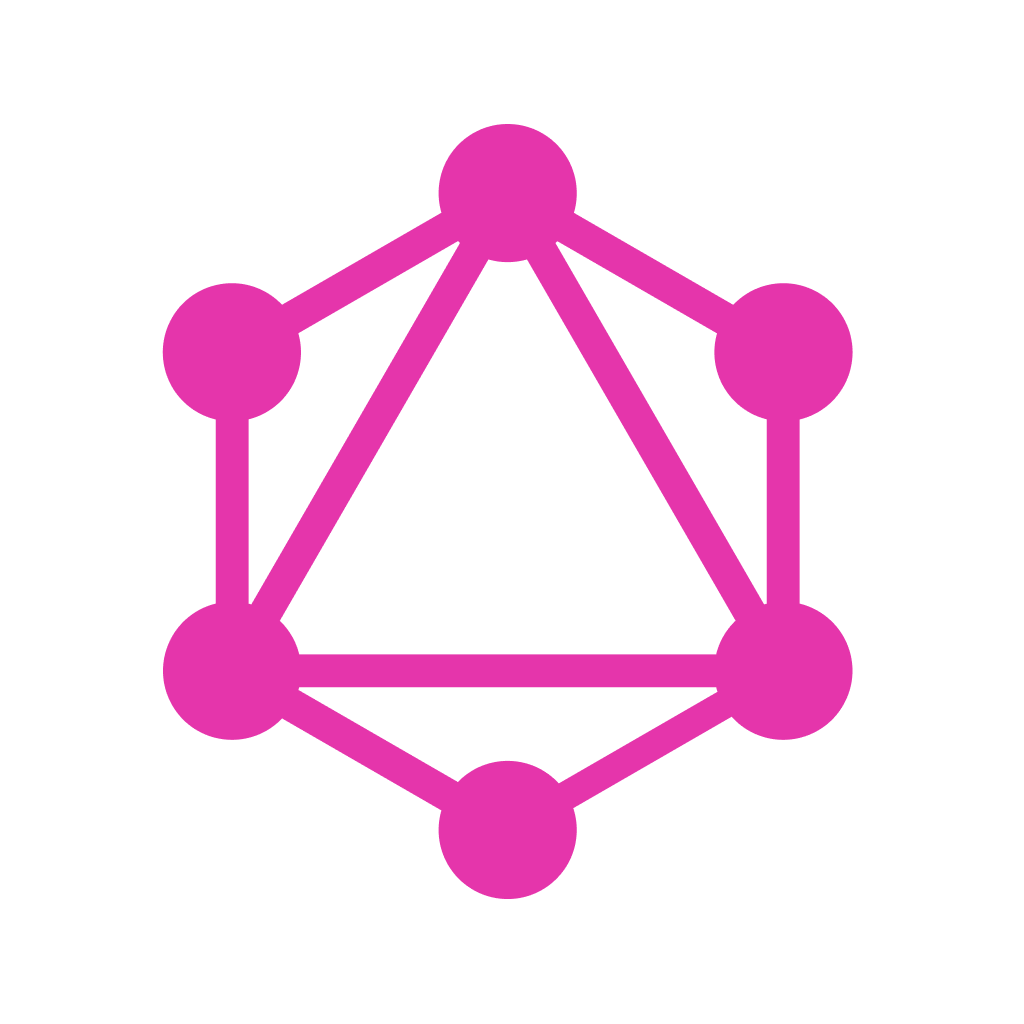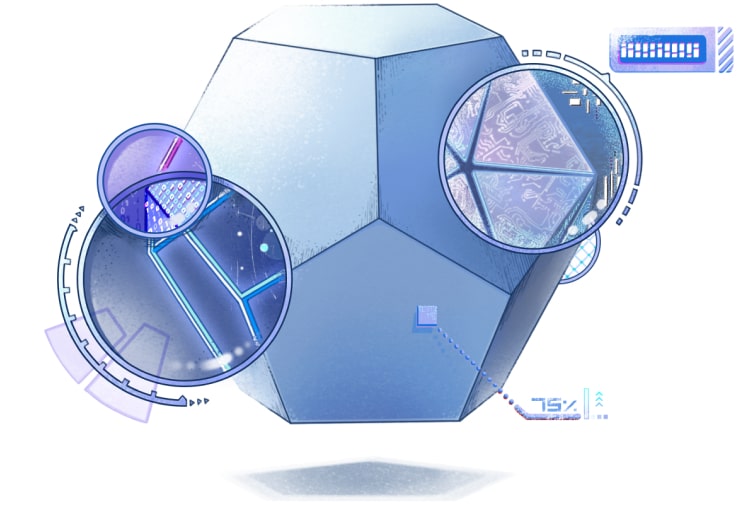Key Technical Advantages of GraphQL
GraphQL provides a modern, flexible, and efficient approach to building APIs that scale with your business needs. Here are its top technical advantages:
Design and deploy scalable GraphQL APIs with high performance, strong security, and real-time data delivery for web and mobile applications.

GraphQL is redefining how APIs are designed, delivering a flexible, efficient, and scalable alternative to traditional REST. Unlike REST, which often requires multiple endpoints and over-fetching data, GraphQL allows clients to request exactly what they need, reducing payload size and improving performance across mobile, web, and IoT applications.
Choosing GraphQL over REST empowers your product teams to build scalable APIs with better developer experience, optimized network usage, and faster time-to-market. This makes it an essential tool for modern architectures, from microservices to real-time data pipelines.
Key advantages include:
GraphQL vs REST – Single endpoint, no over-fetching, and simplified API evolution.
GraphQL schema design – Strongly typed schemas improve collaboration and maintainability.
GraphQL for microservices – Aggregate multiple services into a unified API layer.
GraphQL for real-time data – Subscriptions and live queries power chat apps, dashboards, and streaming platforms.
GraphQL for scalable APIs – Efficient query optimization and caching make it ideal for high-traffic enterprise environments.

GraphQL provides a modern, flexible, and efficient approach to building APIs that scale with your business needs. Here are its top technical advantages:

GraphQL is the optimal choice for modern applications that need flexibility, performance, and real-time capabilities. Here are the top scenarios where GraphQL excels:
Our approach to GraphQL implementation combines well-structured schemas, optimized queries, and enterprise-ready best practices. Below is how we deliver robust and scalable GraphQL solutions.
# Schema Definition
type Query {
user(id: ID!): User
}
type User {
id: ID!
name: String!
email: String!
orders(limit: Int): [Order]
}
type Order {
id: ID!
total: Float!
status: String!
}
// Resolver (Node.js)
const resolvers = {
Query: {
user: (_, { id }, { dataSources }) => dataSources.userAPI.getUserById(id),
},
User: {
orders: (parent, { limit }, { dataSources }) =>
dataSources.orderAPI.getOrdersByUser(parent.id, limit),
},
};
| Metric | Optimized GraphQL | Traditional REST |
|---|---|---|
| Payload Size (Avg) | 35–60% smaller | Larger & redundant |
| Latency (Nested Queries) | 80–120ms | 150–200ms |
| Requests for Complex UI | 1 | 3-5 |
// Sample Query
query GetUserProfile {
user(id: "123") {
name
email
recentOrders(limit: 5) {
id
total
}
}
}
// Sample Resolver (Node.js)
const resolvers = {
Query: {
user: (_, { id }, { dataSources }) =>
dataSources.userAPI.getUserById(id)
}
}
We help teams implement GraphQL to deliver modern, scalable, and efficient APIs. Whether you need to migrate from REST, integrate microservices, or support real-time data streams, our services cover the entire lifecycle of GraphQL solutions.



Adopting GraphQL implementation is most beneficial when your applications require scalability, performance, and efficient data delivery.
GraphQL enables clients to fetch only the data they need, improving speed and reducing bandwidth usage—ideal for GraphQL for mobile apps and multi-platform applications.
By unifying endpoints under a single schema, GraphQL for microservices simplifies integration and boosts developer productivity.
With subscriptions, caching, and GraphQL query optimization, you can deliver real-time dashboards, streaming updates, and low-latency APIs at scale.
Our GraphQL implementations power platforms that demand real-time data, scalable APIs, and efficient microservices. Below are examples of how we’ve successfully applied GraphQL for modern business solutions.
GraphQL is an API query language that allows clients to request exactly the data they need, unlike REST which requires multiple endpoints and can result in over-fetching. This efficiency makes GraphQL vs REST a key consideration for modern applications.
Yes. GraphQL for microservices allows you to unify multiple services under a single schema. It simplifies integrations, reduces API complexity, and scales effectively for enterprise systems.
GraphQL performance tuning involves query batching, caching, and complexity limits. Combining these with GraphQL query optimization ensures low latency, even with complex or nested data requests.
GraphQL security relies on limiting query depth, enforcing authentication, and monitoring request complexity. Disabling unnecessary introspection in production and using schema validation tools further protect APIs from abuse.
Absolutely. GraphQL for mobile apps reduces payload sizes and network calls, while GraphQL for real-time data with subscriptions allows instant updates for chat apps, dashboards, and collaborative tools.







